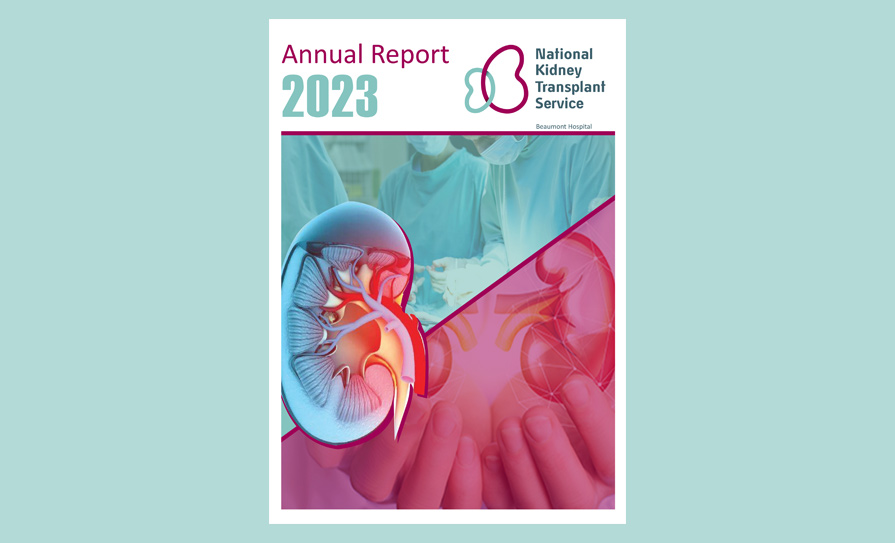The current level of human verotoxigenic E.coli (VTEC) infection in Ireland is “unacceptable” and a whole-of-Government approach is required to make “meaningful progress in addressing this public health threat”, warns a briefing note from the Department of Agriculture, Food and Marine (DAFM).
Dr Martin Blake, Chief Veterinary Officer, sent the note to the Department of Health’s Chief Medical Officer Dr Tony Holohan on 31 July last. The note, which advocated for a ‘one health’ approach to the threat posed by VTEC, was prepared by Dr Dónal Sammin, Director of Laboratories at the DAFM, and Dr Wayne Anderson, Director of Food Science and Standards at the Food Safety Authority of Ireland, according to a schedule of documents provided by the DAFM to the Medical Independent (MI) under Freedom of Information law.
“In Ireland, the current level of human VTEC infection is unacceptable, greatly exceeding that in other EU member states, and a large outbreak in the future is a real threat,” according to the note.
When two or more individual human cases of VTEC infection are linked and likely to have arisen from the same source, they are described as an ‘outbreak’.
“VTEC outbreaks can involve large numbers of people and the consequences can be catastrophic,” outlined the note. “In Canada in the year 2000, VTEC contamination of the Walkerton town drinking water supply resulted in over 2,000 people becoming ill and six deaths. In Germany in 2011, sprouted seeds contaminated with VTEC resulted in 3,950 sick people and 53 deaths.
“Over the period 2004 to 2017, 830 VTEC outbreaks are known to have occurred in Ireland. Thankfully to date, these have been limited to a small number of individuals — with 86 per cent of all VTEC outbreaks confined to families in private dwellings. However, the next-most common setting in which VTEC outbreaks have occurred in Ireland is in childcare facilities, with significant practical and emotional implications for all involved.”
In Ireland, the most common reported transmission route for human VTEC infection is person-to-person spread. As regards primary human infection, water-borne transmission (associated with untreated or poorly-managed private water supplies) and animal contact are the most frequently reported transmission routes.
A Department of Health spokesperson told MI: “Engagement continues on the most appropriate means of addressing the issue through the ‘one health’ approach.”













Leave a Reply
You must be logged in to post a comment.